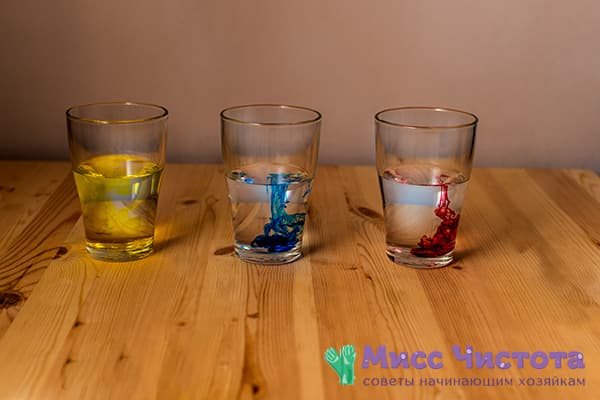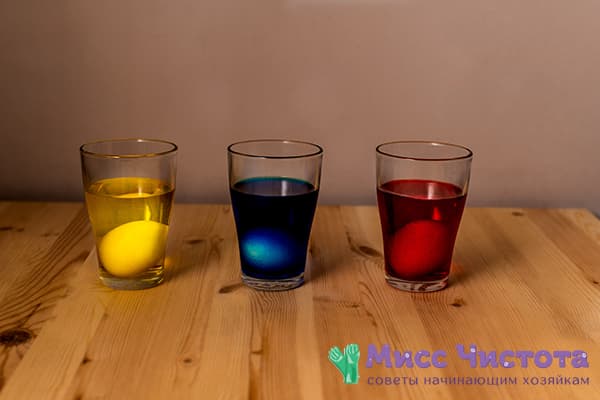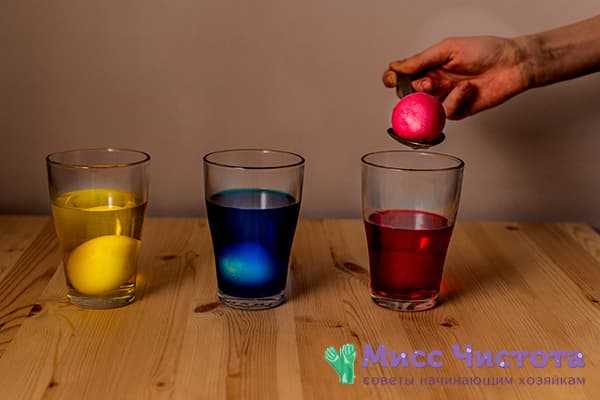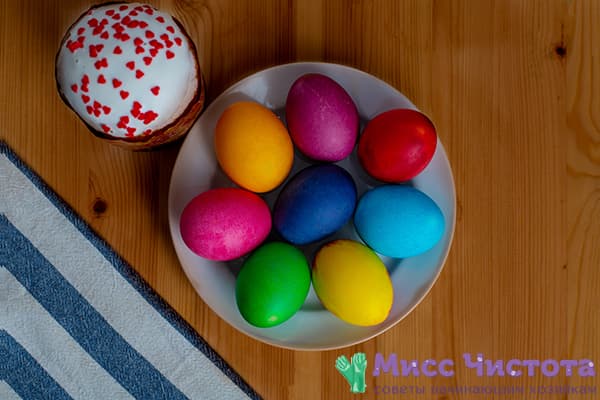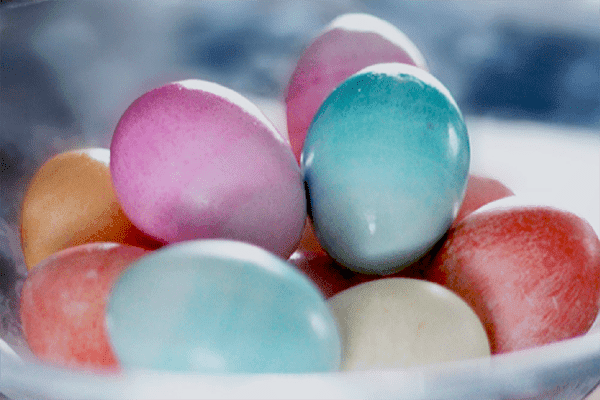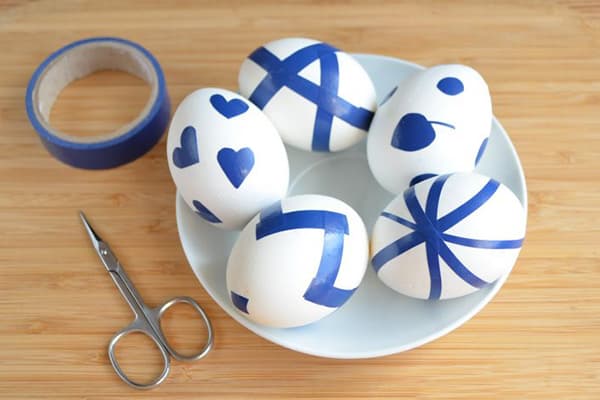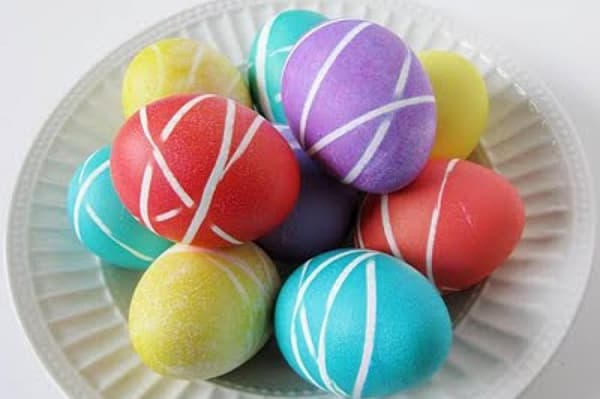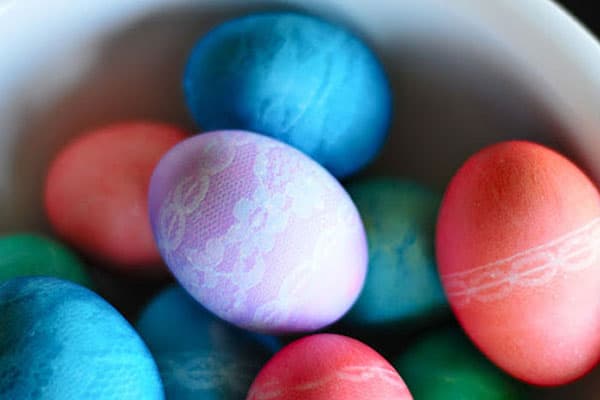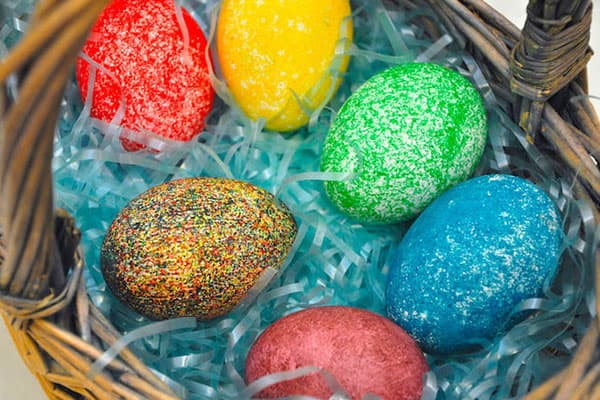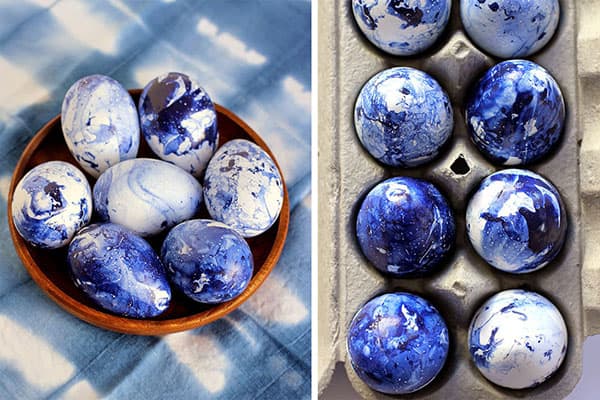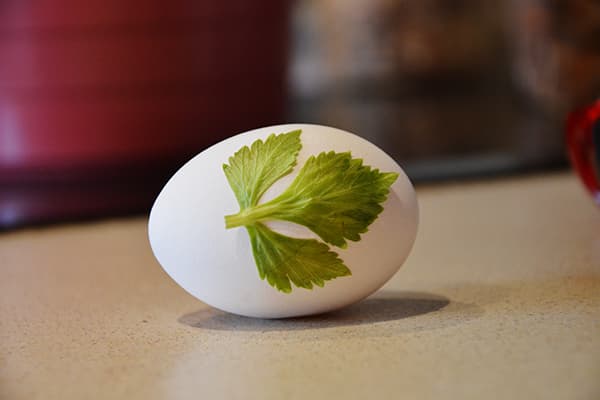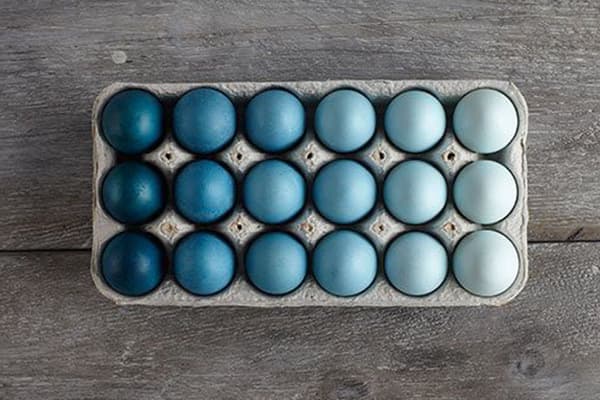How to properly dye eggs for Easter with special dyes?
One of the easiest ways to color eggs for Easter celebrations involves using food coloring. Bright and rich colors allow you to create a whole palette of shades on the festive table, making it especially elegant. Today I want to share with you the secrets of the craft - I’ll tell you in detail how to properly color eggs for Easter with food coloring. With these simple tips, you can achieve deep, sophisticated egg colors while maintaining food safety.
The main rule when coloring eggs with food dyes is to use products only from trusted and reliable manufacturers. Typically, a high-quality set has rather discreet packaging, since for the manufacturer it is the composition of the substance that is of fundamental importance, and not the appearance. Such dyes are quite easy to use and provide a long-lasting, even color.
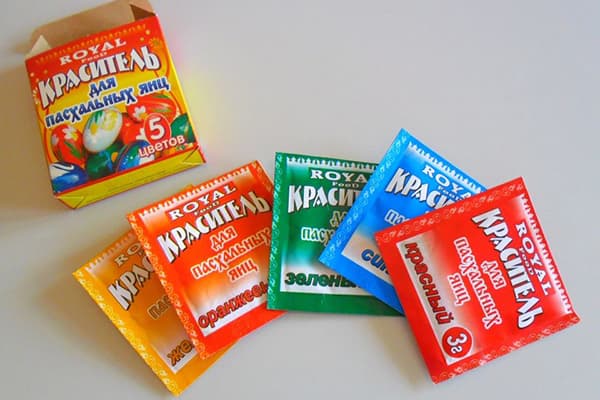
Be careful, dyes!
It should be remembered that food additives marked “E”, which are mainly used in food dyes, are far from harmless to health, and even more dangerous are dyes whose packaging does not contain any ingredients at all. The most harmless are E100 and E140, the prohibited are E124 and E142.
Pearlescent dye is strictly contraindicated for consumption. Therefore, be prepared for the fact that the incredibly beautiful egg will no longer be a food product, but only a souvenir.Moreover, you should not risk your health by eating protein that has become colored in the process.
Thus, in order to properly color eggs for Easter with dyes, it is important to maintain the integrity of the shell. You can only boil eggs at room temperature, so the future eggs should be warmed in warm water or given the opportunity to “adapt” to the environment by leaving them on the table for 2-3 hours. Salt or natural table vinegar will also help preserve the shells - any of these components should be added to the water during cooking.
How to beautifully color eggs?
You will need:
- eggs,
- salt,
- table vinegar,
- food colorings,
- disposable cups - according to the number of shades,
- sunflower oil – 1 tablespoon,
- gloves.
Step-by-step master class:
- Step 1. Boil the eggs hard by adding salt to the water. Heat treatment usually lasts 10–15 minutes after boiling. Cool.
- Step 2. Pour warm water into disposable cups. Pour dye powder of any shade into the water. In this matter, you should follow the instructions on the packaging and the manufacturer’s recommendations. If there are no instructions, dissolve the contents of the package in 0.1–0.5 liters of water. To stir thoroughly. If the dyes are liquid and contained in plastic capsules or glass test tubes, a few drops should be added to the water according to the instructions. To obtain more delicate and paler tones, you can reduce the amount of dye. To make the color bright and dark, you need, on the contrary, to increase the pigment concentration.
- Step 3. Add 2 tablespoons of vinegar to the coloring solution - this will help oxidize the composition and further fix the pigment on the shell. You can also wipe each egg with a cloth soaked in vinegar.This will degrease the surface of the shell and also preserve color.
- Step 4. Wear gloves. Using a spoon, carefully lower the egg into the glass. The liquid should cover it evenly. Leave the egg in the solution for about 5-10 minutes (or for the time indicated on the package).
- Step 5. Using a tablespoon, place the colored eggs on a paper napkin or a stand you made yourself (to do this, stick a few needles or safety pins into the sponge or polystyrene foam - this way the eggs will dry without streaks or streaks).
- Step 6. Rub the dried paints with a cloth soaked in sunflower oil - this will give them a charming shine and the color will become even more saturated.
Adding originality
It is not necessary to make Easter souvenirs plain-dyed - you can experiment with one of the methods invented by creative craftswomen.
- Ombre Easter eggs
To obtain color gradation, the prepared egg must be immersed halfway in the colorful solution. Wait 5 minutes and add plain water to the glass with paint so that the egg is already completely immersed in the solution. After 5 minutes, remove the egg. On one side it will be darker, on the other it will be lighter. This gradient coloring is a simple but effective technique that makes the paints original without unnecessary decoration.
- Painting using electrical tape
To beautifully color eggs using duct tape or thin tape, you need to cut sticky tapes into improvised figures or patterns, and then stick them on a hard-boiled egg. Immerse the egg in the dye solution for 5–10 minutes. After drying, remove the tape or tape.Original and unique pictures will remain on the shell, which will make your paints especially beautiful.
- How to paint with an eraser
You can also color eggs using an eraser. You need to randomly put rubber bands on the prepared, hard-boiled eggs - in a spiral or perpendicular to each other. Immerse the egg in a glass of paint, wait 5-10 minutes, and remove. After drying, remove the rubber bands.
- How to make lace Easter eggs
Prepared eggs can be wrapped in lace flaps, secured with elastic bands or threads, and also immersed in dye. The paints will produce an exquisite openwork pattern-imprint.
- Speckled eggs
Pour dry rice into a small plastic cup, then drop liquid dye into it. Stir thoroughly until all the rice is colored. Place the egg in a glass, cover with a lid and shake well. The paint will be covered with delicate specks. By the way, people call such eggs specks.
- How to make marble eggs correctly
To beautifully color the eggs, you can use regular shaving foam. To do this, squeeze an even layer of foam onto a tray or other similar flat container. Pour a few drops of liquid dye of different colors onto the surface of the foam. Stir with a toothpick, spoon or any stick, creating simple patterns on the foam. Next, roll the egg over the resulting substance so that the colorful foam evenly covers it. Dry for 10 minutes. All that remains is to rinse and you can admire the gorgeous swirls.
Another way to create marbled eggs is to use vegetable oil. To do this, you need to add it to the coloring solution (1 spoon is enough).The egg must be immersed in the liquid and swirled there until the entire shell is covered with “marble” patterns. Next, all that remains is to dry the paint and enjoy the mesmerizing color.
- How to color eggs with leaves
To get an exclusive pattern on the shell, you can use twigs, flowers and leaves. It is better if the plants are flat - then the drawing will be clearer. The leaves should be placed on a pre-boiled egg and secured to it with old nylon tights, secured with thread.
It is important that each egg is tightly wrapped in nylon. Each resulting bag must be dipped into the dye solution and kept there for about 5–10 minutes, depending on the desired color intensity. For pale, delicate shades, a minute is enough. After this, you should carefully remove the egg from the container, dry it and print it. Charming paints with a unique design are ready!
Useful tips
- Multi-step coloring is best done with hot eggs that have not had time to cool. The dye will dry very quickly.
- It is better to cook the eggs over moderate heat, because with a strong boil they will bounce and can break each other.
- When dyeing brown eggs, the final color may differ from what the dye manufacturer promises.
- It should be remembered that food dyes will wash off from the skin in about a day, so it is better to work with gloves.
- When painting in multiple layers, you should start with the lightest tone.
Colors have a symbolic meaning, and a certain set of them is traditional for the holiday.Thus, yellow represents the sun, green – the birth and cyclical nature of human life, red – resurrection, the triumph of life over death, blue – eternity and the sky. You can tell children about this in a playful and exciting way, who will certainly be happy to take part in creating unique and beautiful Easter symbols. We wish you a bright holiday!

